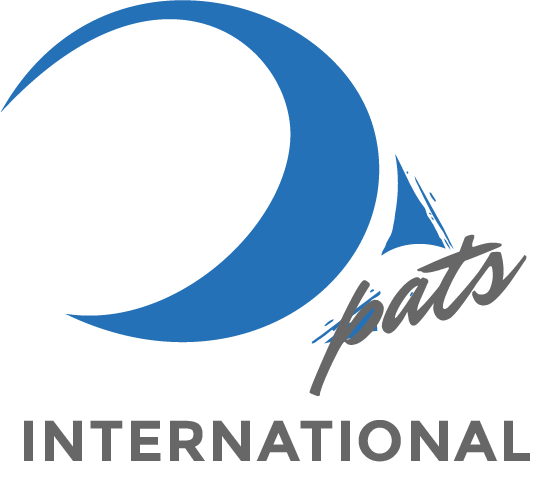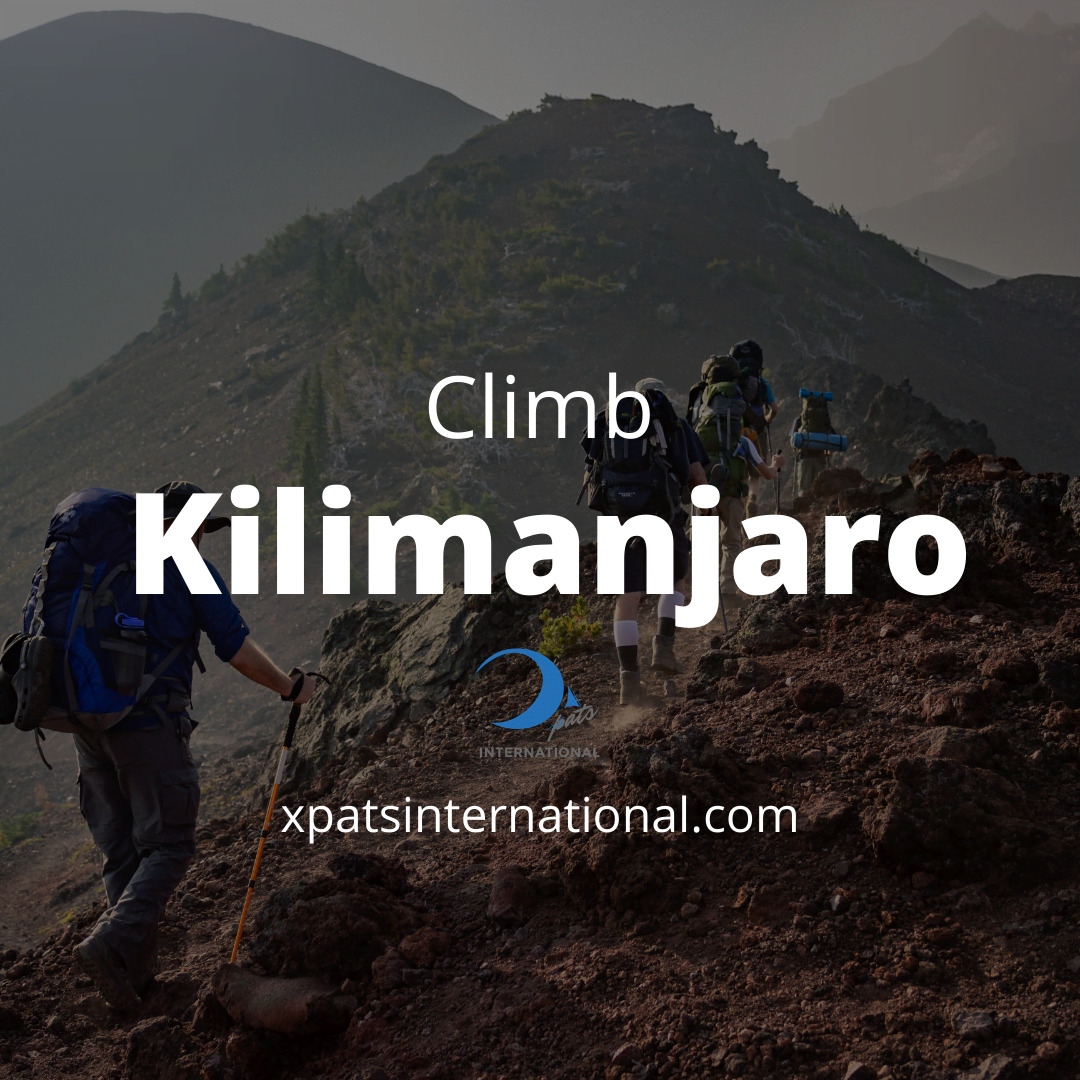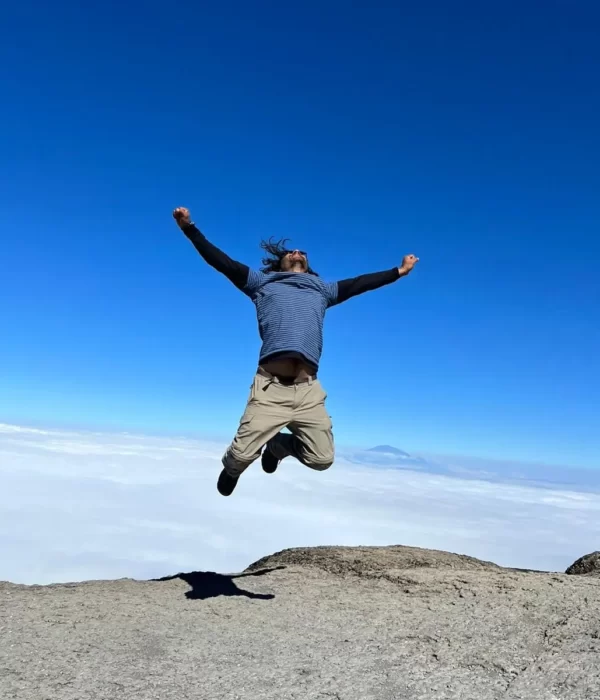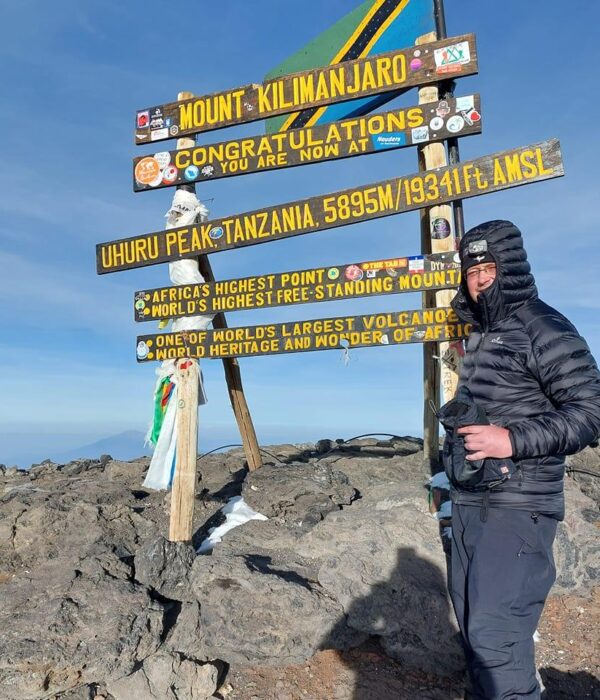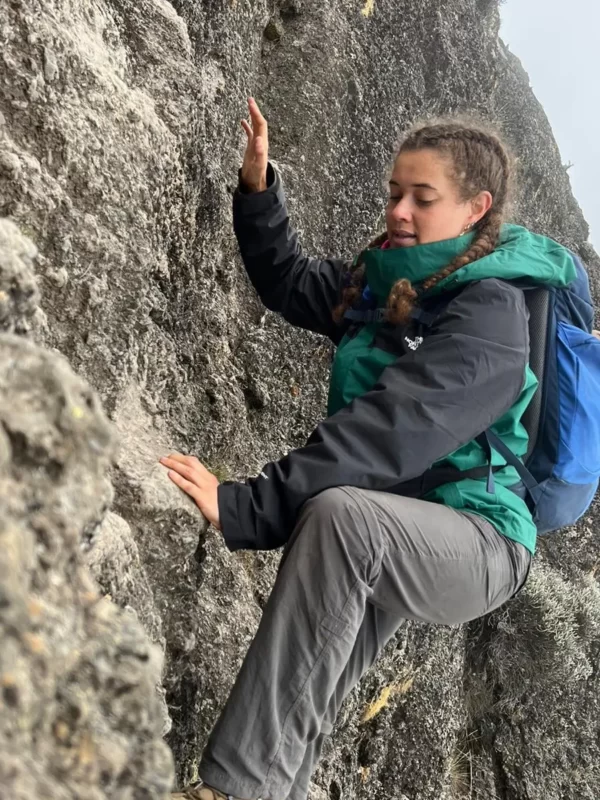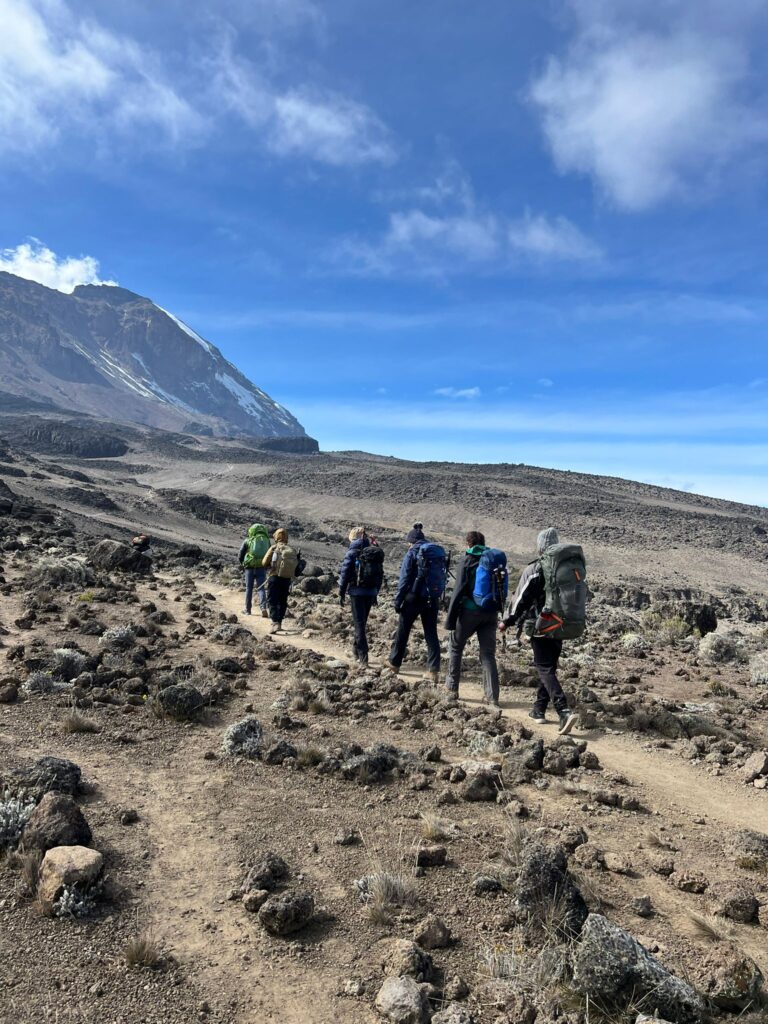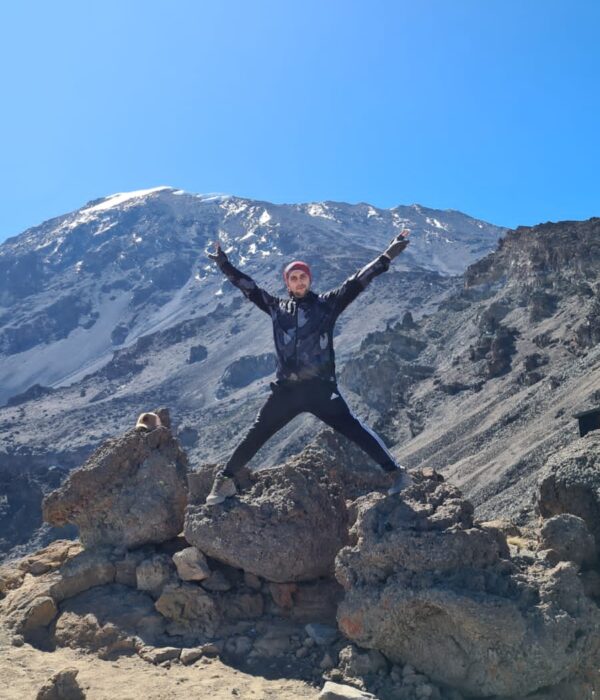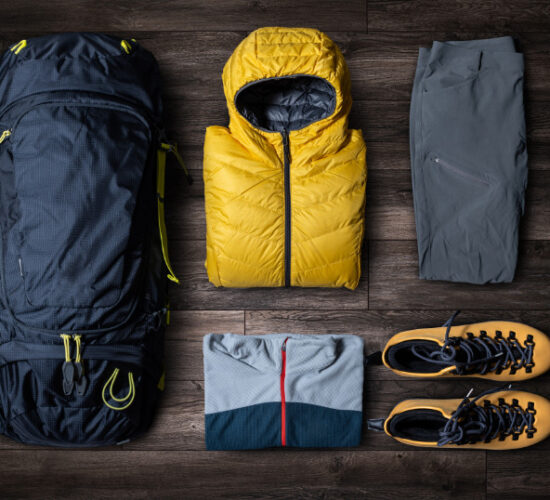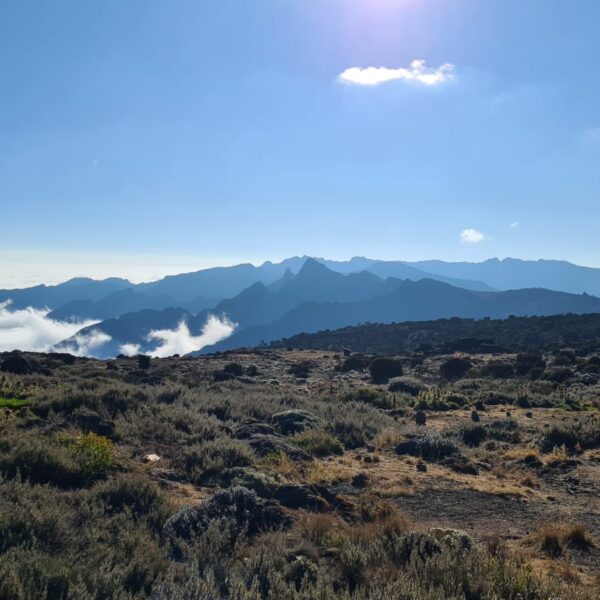Climbing Kilimanjaro can be a bit tricky if you’re new to high altitudes, outdoor camping, and long marathons. That’s because many hikers attempting Mount Kilimanjaro suffer from altitude sickness, fatigue and a lack of sleep. This is often due to poor acclimatization opportunities and a lack of physical recovery after hikes. More importantly, not knowing how to prepare to climb Kilimanjaro or adjust to the mountain’s altitudes could wind up costing you a lot of money and a successful summit. That said, this post will go over various elements that are often overlooked when hikers plan their Kilimanjaro hike and will also further highlight and link to a few tips that will help you successfully and safely reach the mountain’s summit.
Table Of Contents
What Are Things To Know Before Climbing Kilimanjaro?
- Avoid sleeping pills because they are found to affect your breathing ability and oxygen levels at night. This can be especially dangerous at altitude, where atmospheric oxygen levels are already low.
- Bring medication and insect repellent because the lowland jungle is rife with mosquitoes and unfamiliar bacteria. This shift in environment can quickly wreak havoc upon your immune system, so it’s always advised to come prepared.
- Since you’ll be drinking at least 3L of water a day and taking Diamox throughout your hike, you’re going to frequently want to use the bathroom. You should pack a couple of pee bottles to use during cold and windy nights, instead of waking up to visit the bathroom in bad weather. The best time to climb Kilimanjaro is between June to October and December to February. Nevertheless, you’re still bound to experience subzero nighttime temperatures during these months.
- Tipping on Kilimanjaro is a customary practice that is also expected. Budget an extra $200–$400 cash in order to tip your support crew at the end of the climb.
- If squatting will be an inconvenience during bathroom visits, pay an extra $175 for a portable toilet. Portable toilets usually come with their own portable tents that are zippered and waterproof.
1. Full Moon Summits Are A Scam
Full moon climbs are a scam! You read that right; a full moon climb is capitalism working at its best to create scarcity in the marketplace in order to drive up hiking costs. If you are skeptical, consider why your outfitter insists on you bringing a headlamp to your Kilimanjaro hike despite claiming a full moon would be enough to illuminate the trail leading up to the summit. Full moon hikes are just another ploy for money-hungry companies to get into your coffers and maximize profits. So when you hear a tour operator touting this scheme, run!
2. Climbing Kilimanjaro For Charity Takes Effort
The best way to climb Kilimanjaro for free is to establish a charity challenge, raise money for a charitable cause and then subsidize a small portion of the funds in order to cover your Kilimanjaro hiking expenses. That’s because you cannot climb Kilimanjaro without paying a registered company, a licensed guide or the park’s entry fees which could amount up to $1,529. You’re also going to have to cover travel, hiking equipment, visas and other miscellaneous costs. A growing number of hikers nowadays are taking the opportunity to climb Kilimanjaro in order to raise awareness and support their own charities. This of course takes creativity but, if done correctly, you could save up to $5,000 from your overall trip expenses. Good examples of this are Little Mix’s Jade Thirlwall, who climbed Kilimanjaro in order to raise money for Comic Relief, and students from Boston University, who raised awareness for cancer by climbing Kilimanjaro. (1)(2) Instead of trying to figure out how to climb Kilimanjaro without a guide, this is the best approach of climbing Kilimanjaro on a budget without compromising your overall hike or breaking the law.
3. The Risk Of Fatigue Is Determined By How Long You Spend Hiking Your Kilimanjaro Trail
Most hikers risk fatigue when they climb short hiking trails on Kilimanjaro vs Everest Base Camp. This can become especially difficult if you haven’t gone through proper training, prior to attempting the hike. That’s because short trails cover long Kilimanjaro hiking distances and leave little room for physical recovery. The best method around this is to hike longer routes on the mountain and develop your strength and endurance. As mentioned previously, hiking up and down hills with a 10kg weighted pack is by far the best training you can do for Kilimanjaro. This will help condition all the muscle groups that are regularly engaged across long hikes such as glutes, quadriceps, hamstrings, calves, and hips.
4. You Could Die On The Old Western Breach Climbing Route
The Western Breach is the most dangerous ascent path on Mount Kilimanjaro. The route is extremely steep and rocky, with deadly rockfalls occurring during high winds. The Western Breach sits on the western side of Kibo and is a gap to the summit that was formed hundreds of thousands of years ago by volcanic eruptions and lava flows from Kibo’s Crater. Tumbling rocks are funneled into this area and, while ice and snow used to hold loose rocks in place, the mountain continues to go through a glacial retreat. (3) As time goes on, rockfalls are becoming more hazardous so its best to assess various Kilimanjaro climbing reviews, along with other ascent options, before approaching the Western Breach.
5. The Barranco Wall “Kissing Rock” Isn’t As Dangerous As You Might Think
The Barranco Wall on Mount Kilimanjaro, otherwise known as the Kissing Rock, poses zero risks to your well-being. It is simply a rock-shaped staircase, located between the Karanga Valley and the Barranco Valley, rather than a cliff edge. Many hikers find online images of the large massif to be intimidating, however upon closer inspection, you’ll come to realize the Barranco Wall is not a dangerously unsafe ledge, but rather a well-formed volcanic pile on the southern base of Kibo Peak. You’ll need no technical skills or equipment necessary to navigate past the Kissing Rock because as long as you can leap over three 9-inch stairs at a time, you should have no difficulty getting past the Barranco Wall during your hike. If physically challenged climbers, such as Spencer West, can make it past the kissing rock, so can you. (4)
6. Avoid International Travel Agencies & Risky Local Tour Operators
While international travel agencies are known to overcharge their customer base, local outfitters are notorious for risky behavior and tourism scams. Furthermore, sifting through affordable Kilimanjaro climbing companies can be a bit difficult when most local outfitters are pushed out of the online market. Companies that are often found on popular search engines, such as Google or Bing, are Kilimanjaro international travel agencies pretending to have a foothold on the ground. They usually have local staff wear branded t-shirts and shoot pictures with their company logo during Kilimanjaro expeditions.
Now to avoid risky local operators, evaluate the outfitter’s equipment, safety measures, and the number of support staff they use for their expeditions. Risky operators will always try to cut costs by using outdated equipment, inexperienced tour guides and a few support staff for their expeditions. Sometimes, they might even go as far as to produce fake certificates. (6)
7. Not All National Guides & Porters Are Licensed
Not all Kilimanjaro mountain guides and porters are licensed or certified. As mentioned previously, local companies use inexperienced tour guides and undercut staff wages on the mountain in order to save costs. As a result, hikers occasionally sustain injuries or face serious health risks at the hands of unqualified leadership.
A strong Kilimanjaro team should include 1 lead guide, with 10-15 years of experience, as well as an assistant guide for every 2 additional hikers joining the expedition. Furthermore, tour guides who undergo Wilderness First Responders training are much more capable of handling emergencies on the mountain than guides holding alternative training. (7)(8) Speaking of which, It’s worth mentioning that guides are supposed to measure your oxygen levels, using oximeters every morning, before starting your hike, and every evening after treks. If your guide neglects this protocol, it may be a sign you’re dealing with an inexperienced or risky Kilimanjaro tour guide.
Porters, on the other hand, are in charge of carrying your luggage up Kilimanjaro and are limited to carrying no more than 20kg. The national park established this mandate to prevent the mistreatment of support staff on the mountain. Every hiker on Kilimanjaro must have at least 3 porters to carry their belongings, as well as tents, propane tanks, and other mountain equipment. Companies that do not follow ethical guidelines will try to carry more weight and use fewer porters.
How To Plan A Trip To Mount Kilimanjaro?
Now that you know a few things to avoid on the mountain, it’s time to focus on the steps you can take to plan a trip to Mount Kilimanjaro. That said, climbing Mount Kilimanjaro as a beginner is easy if you hike Kilimanjaro routes that have great acclimatization landscapes and short hiking intervals. That’s because many first-time hikers suffer from altitude sickness, fatigue and a lack of sleep. This is often due to poor acclimatization opportunities and a lack of physical recovery after hikes. The trick here is to simulate your overall Kilimanjaro experience back home, so by the time you get to Mount Kilimanjaro, you’re able to effectively adjust to Kilimanjaro’s distances and elevation gains. This post will highlight the 7 simple steps required in order to successfully summit Mount Kilimanjaro with absolute safety.
Step 1. Test Yourself Before Committing To The Summit
Before thinking about climbing Mount Kilimanjaro, conduct a fitness test to gauge your ability to travel at a pace of 400 vertical meters per hour with a 10kg weighted pack. This will determine your body’s ability to adapt to sudden shifts in altitude, while assessing your strength to endurance during long hikes. In fact, applying this step will set a strong foundation to help you choose an appropriate climbing route, establish applicable training goals and commit to a suitable hiking date.
Step 2. Select A Kilimanjaro Trekking Route That Aligns With Your Fitness Test
Now that you know your vertical meters per hour, it’s time to select a climbing route that shares similar elevation gains as your vertical climbing fitness. Lemosho Route, Machame Route, Rongai Route and the Northern Circuit itinerary have beautiful, scenic views; the least amount of elevation gains on average and are likely to fit within your hiking ability on the mountain. Where some of these routes stand out is the duration spent acclimatizing at 4,630m (15,190ft) before approaching the summit at Uhuru Peak. That’s because it becomes so much easier for your body to adjust up to 5,895m (19,341ft), when you’ve already acclimatized at 4,630m (15,190ft) during the trek. This is the reason these three Kilimanjaro routes perform exceptionally well across the board. Especially among first-time hikers above 3,000m (10,000ft). To get a visual idea of the acclimatization landscapes of the respective routes, a map of elevation gains is attached for reference.

Step 3. Pick A Hiking Date That Fits Within Your Kilimanjaro Training Plan & Start Packing
June to October and December to March have the best weather conditions out of the year, however expect some of these months to invite heavy traffic along Kilimanjaro’s popular trails. If you’d like to avoid crowds, schedule your hike either in June, early July, October, December, or February. Months that border the rainy seasons are usually not crowded, which is less likely to ruin your momentum during the expedition. Although It’s also worth mentioning that nights on Kilimanjaro tend to get pretty cold and windy so, unlike ice daredevils like Wim Hof, you’d want to include extra hand and toe warmers in your Kilimanjaro gear list. (9)
Step 4. Review Recent Testimonials & Find An Established Tanzanian Tour Operator
In order to get the best value for your money, it’s best you book your trek with a local Kilimanjaro outfitter. This will remove the extra overhead that comes with an international travel agency. Besides, local tour operators are also not subject to heavy tax burdens imposed on foreign Kilimanjaro travel companies. To identify a Kilimanjaro local tour operator online, review signs of local management teams, with local contacts, and permanent local addresses. This is usually indicative of a locally owned company that runs its own expeditions. If they speak Swahili, that’s an added bonus.
Step 5. Train & Condition Your Body For Africa’s Highest Peak
Avoiding altitude sickness is really one of the hardest parts of climbing Kilimanjaro. Your ability to acclimatize and get used to the low oxygen in the air, while still having to trek long distances, is what sets Kilimanjaro apart from your average weekend hikes. (10)(11) Even though that’s the case, what I wish I knew before climbing Kilimanjaro is that you don’t need any fancy training since Kilimanjaro isn’t really a technical climb. Extensive cardio exercises and adjusting above 3,000m will do the trick. (12) If you do not have easy access to small peaks in your region, what you can do to condition yourself before Kilimanjaro is hike Mount Meru, which sits at 4,566m and is in close proximity to Mount Kilimanjaro. Hikers who attempt Mount Meru beforehand are often well conditioned to perform incredibly well when they trek Mount Kilimanjaro.
Step 6. Travel To Kilimanjaro National Park
The most common and convenient way to get to Kilimanjaro National Park is by flying into Kilimanjaro International Airport (JRO). The airport is located approximately 51km away from the mountain and is easily accessible from either Moshi town or Arusha town. If you’re located in a neighboring African country, in addition to a long and strenuous bus ride to the region, you can catch a flight to the airport through a connecting International flight or a domestic airline at affordable rates. Since these flights are usually in low demand, they often tend to be extremely cheap. Speaking of which, domestic transportation modes aren’t expensive either. You can get to Kilimanjaro’s region by either train or car.
Step 7. Start Your Mountain Climbing Expedition
Hiking Kilimanjaro requires lots of hydration, acclimatization and, possibly, adjustment pills. That’s because many hikers attempting Mount Kilimanjaro, for the very first time, find themselves experiencing altitude sickness once they get to 3,500m (11,500ft) in elevation. To combat this, you’ll need to establish preventative measures before you start your hike in order to help your body quickly anticipate and cope with low atmospheric oxygen levels.
High altitude and exposure to cold can also lead to significant levels of dehydration. This is due to excessive urine output and high energy expenditures. By drinking up to 6L a day, you can increase your blood oxygen saturation to help you recover or prevent altitude sickness during your hike. Instead of cutting corners by hiking short trails or climbing Kilimanjaro without a guide, follow acclimatization systems and spend enough time on the mountain so your body can properly adjust to the altitude. Many fall short on the mountain climbing Kilimanjaro on a budget.
Compare the Lemosho vs Machame routes since you’re likely to have a much easier experience trekking these trails compared to other routes on the mountain. Furthermore, these trails are the reason Kilimanjaro vs Everest Base Camp‘s performance is hard to differentiate for many first-time hikers above 3,000m (10,000ft). However unlike the Marangu route on Kilimanjaro, the Lemosho and Machame trails do not come with established hut accommodations. To gain access to this feature on the mountain, the Marangu route is easily a good option but offers poor acclimatization opportunities. You’ll also not get a chance to experience special wildlife sightings, like blue monkeys, which are commonly found on the Rongai route. More importantly, whichever route you choose, avoid the Western Breach route on Kilimanjaro, as an ascent path, because it’s well known to have a number of deaths, due to random rockfalls. In order to get past this technical path to the summit, you’ll need to have technical climbing experience and go through a robust Kilimanjaro training plan.
Other topics to read:
- Article 1 – Best Time To Climb Kilimanjaro
- Article 2 – Can You Climb Kilimanjaro Without a Guide
